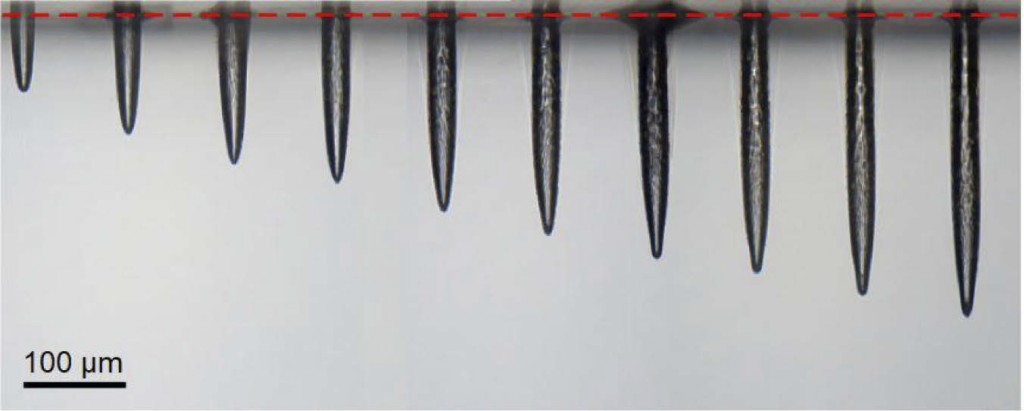In the fast-evolving world of material processing, GHz laser processing emerges as a notable innovation, offering a new dimension to the precision and efficiency of laser technology. This technique, explored in-depth by Eric Audouard and Eric Mottay in their 2023 publication in the International Journal of Extreme Manufacturing, represents a significant leap in the efficiency and capabilities of laser technology, particularly in the realm of femtosecond laser pulses.
Understanding GHz Laser Processing
GHz laser processing distinguishes itself from traditional laser methods that typically employ single, ultra-short pulses. These femtosecond lasers are incredibly precise, operating in the realm of a millionth of a billionth of a second, and are essential in industries where precision is paramount.
The innovation in GHz processing lies in its approach – it utilizes bursts of these ultra-short pulses at gigahertz frequencies. This is akin to a rapid-fire sequence compared to the single-shot approach of traditional lasers. Such a method doesn’t simply increase the speed of material interaction but also enhances the efficiency of the process.
The Significance of GHz Pulses

Mishshik et. al., Optics Letters 30, n° 9 (2019)
Audouard and Mottay’s research dives into the technicalities of how GHz pulses interact with materials. Their key finding is that the GHz approach doesn’t just replicate the single-pulse effect at a faster rate. Instead, it introduces a multi-phase process involving both thermal and non-thermal mechanisms. Another important point is the importance of using long bursts in GHz laser processing, consisting of tens to hundreds of pulses, to fully harness the increase in ablation efficiency – the effectiveness with which material can be removed or altered.
Real-World Implications
The implications of GHz laser processing extend across various industries, from semiconductor manufacturing to medical device fabrication. This technology promises not only quicker processing times but also the potential for more intricate and precise work. It could also open up new avenues for working with materials that were previously challenging to process.

Additionally, the ability to fine-tune pulse numbers and durations suggests a level of customization in material processing that was not feasible before. This adaptability could lead to innovative applications in micro-welding, surface texturing, and even in specialized surgical techniques.
The future of GHz Lasers
The study by Audouard and Mottay highlights the growing potential of GHz laser processing in the field of material manipulation. While it represents a significant step forward, the real impact of this technology will be seen in how it is adopted and adapted in various industries. As GHz laser processing becomes more integrated into different fields, it may well redefine the boundaries of what is possible in precision material processing.

